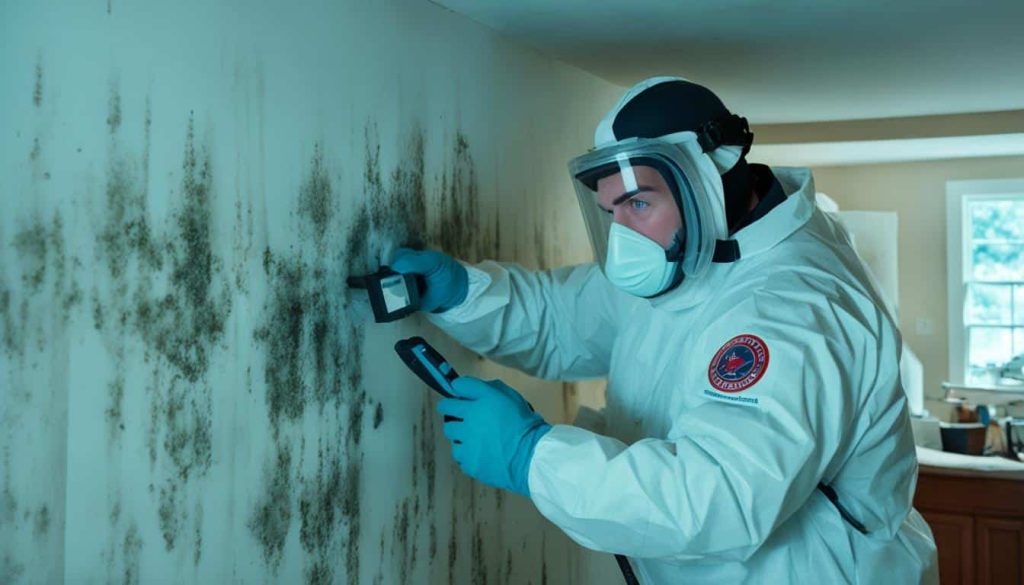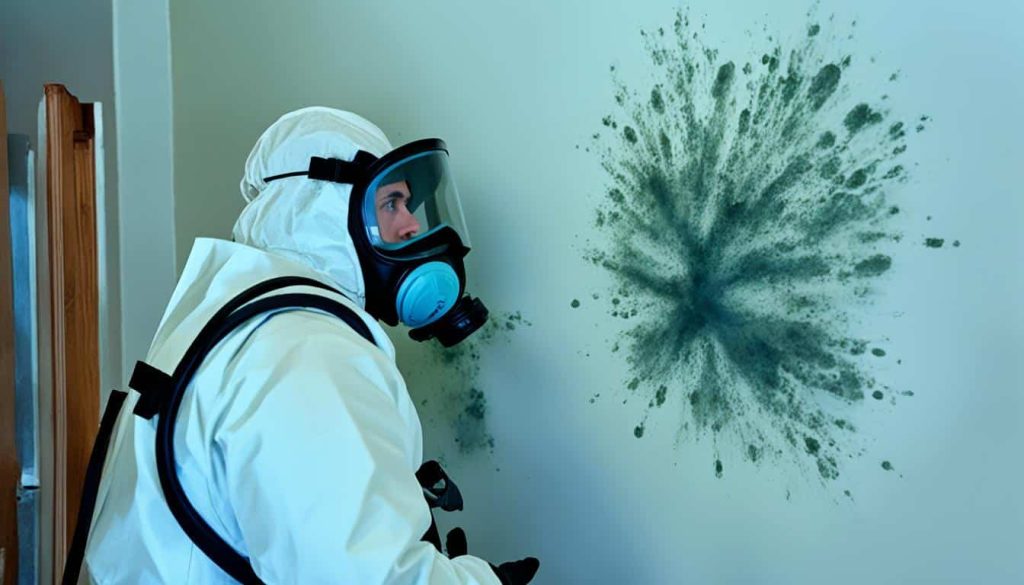As the owner of Arrayofsolutions.com, I receive numerous calls daily from individuals facing troubling mold-related issues. Common scenarios often include:
- “Mold in your home? Now what to do?”
- “I’ve been on antibiotics for months, missed five weeks of school, and still can’t shake this persistent cough!”
- “While on vacation, I felt fine, but the moment I return home, I start sneezing, coughing, and feel fatigued.”
- “I’m a triathlete who’s never been sick, but since moving into this apartment, I’ve been experiencing constant migraines.”
- “Since moving into my new house, I’ve developed frequent headaches. My doctor suggested I get an air quality test…”
These scenarios are all too familiar, and they share a common thread: fear. As a mold expert, my goal is to alleviate this fear by providing clear, actionable solutions. While ideally, my inspections would confirm the absence of mold, reality often reveals that mold has become a significant issue.
Array of Solutions, a trusted name in mold removal in Greenville South Carolina since 2007, stands ready to tackle your mold woes. With our expert mold inspection Greenville services and EPA-Registered credentials, we’re equipped to detect, remove, and prevent mold growth in your home or business.
Table of Contents
Understanding Mold in your home? Now what to do? and Its Impact
Mold is not just a four-letter word; it can be a serious health hazard. Common signs of mold contamination include:
- Respiratory Distress: Persistent coughing, sneezing, and shortness of breath.
- Sinus Issues: Rhinitis and sinusitis.
- Allergic Reactions: Hay fever and skin rashes.
- Fatigue: Chronic tiredness and a general feeling of unwellness.
- Frequent Doctor Visits: Persistent health issues despite medical treatment.

If you or someone in your home has been experiencing these symptoms over an extended period, it’s essential to address the issue promptly. Here’s what you should do:
1. Contact a Reputable Mold Expert
The first step is to reach out to a local, reputable mold expert. An experienced professional will conduct a thorough inspection to identify and assess the extent of mold contamination. This inspection is crucial for understanding the severity of the problem and determining the appropriate remediation steps.
2. DIY Inspection Tips
If you prefer a hands-on approach, there are several steps you can take to assess potential mold issues in your home:
- Inspect During Rain: Walk the perimeter of your home during a rainstorm to observe where rainwater is flowing. Ensure that gutters are functioning correctly and directing water away from your home.
- Check for Stains: Look for irregular spots, stains, or discoloration on walls, ceilings, and floors. Mold growth often causes noticeable changes in color and texture.
- Measure Moisture Levels: Invest in a moisture meter, which can be purchased for $20-$50. Use it to measure moisture levels in various parts of your home. Mold thrives in damp environments, so elevated moisture readings can indicate a problem.
- Identify Musty Odors: Mold often produces a musty smell. If you notice persistent, unpleasant odors, it could be a sign of mold growth.
3. Take Preventive Measures
Mold prefers the dampest areas of your home, typically the lowest levels such as basements or crawl spaces. To prevent mold growth:
- Control Moisture: Ensure that your home’s moisture levels are kept in check. Use dehumidifiers if necessary and address any sources of moisture, such as leaks or high humidity.
- Improve Ventilation: Ensure adequate ventilation in areas prone to moisture buildup, such as bathrooms and kitchens.
- Regular Inspections: Periodically check for signs of mold and moisture issues, especially after heavy rain or flooding.
4. Get Expert Advice
If you have any questions or concerns about mold in your home, don’t hesitate to reach out for professional advice. I, Douglas Whitehead, am available for a free Q&A session to discuss your mold concerns and provide guidance on the next steps. Contact me at 864-710-6413 for more information.

Conclusion
Dealing with mold can be overwhelming, but taking the right steps can help you manage the situation effectively. By contacting a mold expert, conducting your own inspections, and implementing preventive measures, you can protect your home and your health from the dangers of mold.
For more information and resources, visit Array of Solutions and explore my blog series for additional insights.
